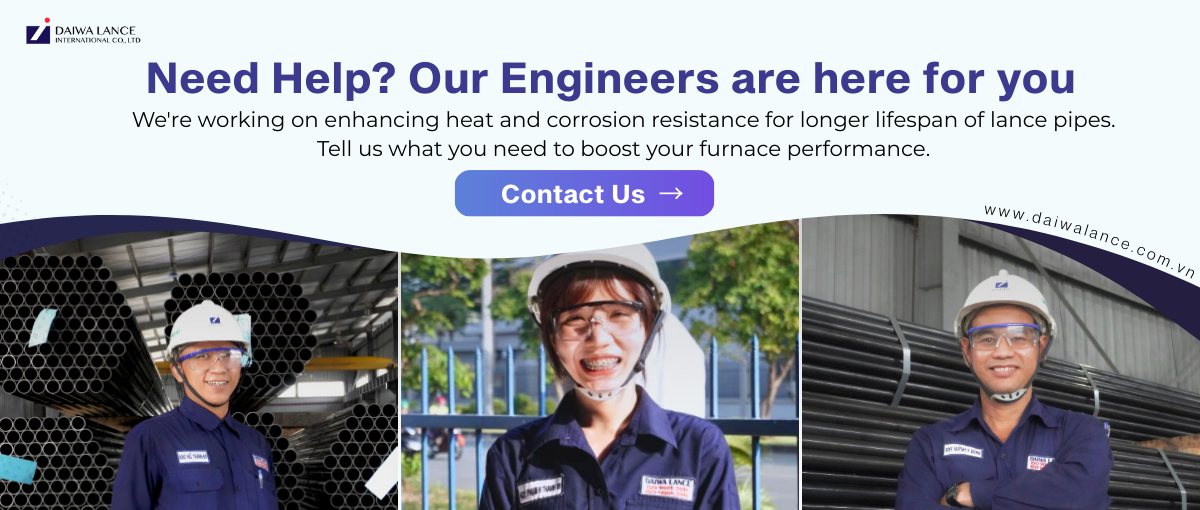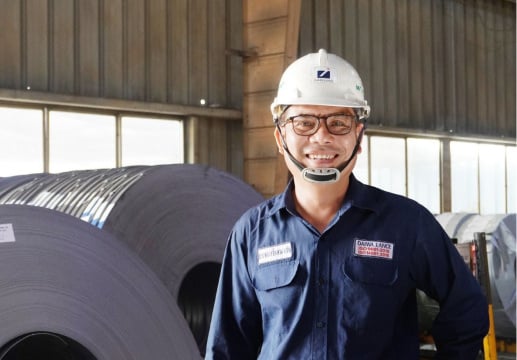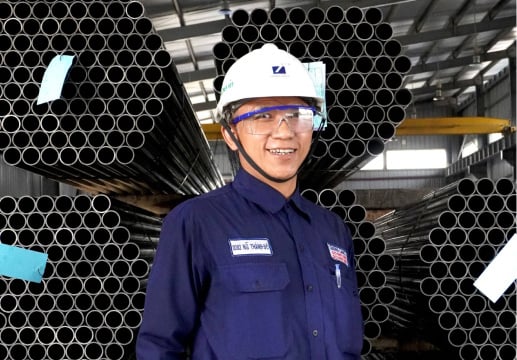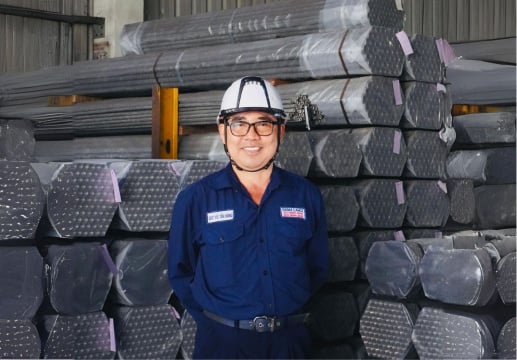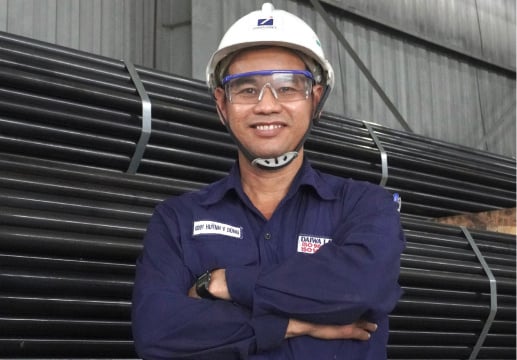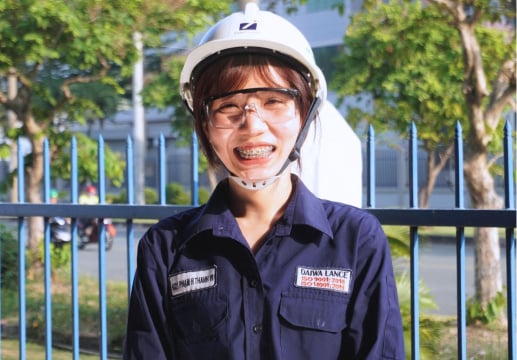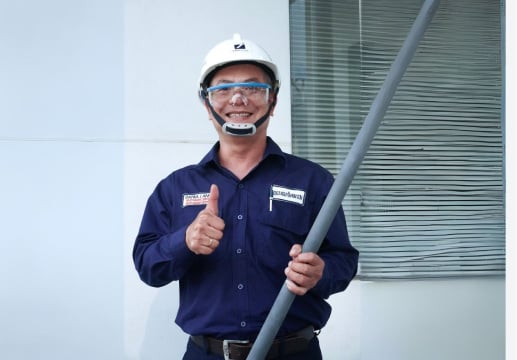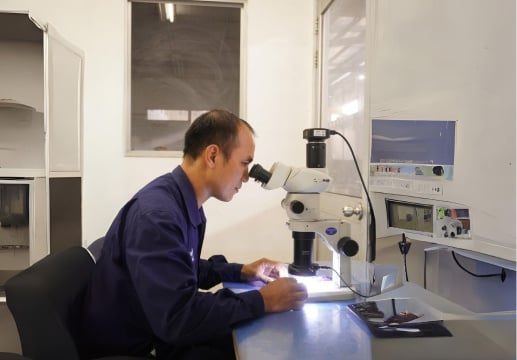In aluminum refining, hydrogen degassing plays a vital role in ensuring casting quality. This is because molten aluminum tends to absorb hydrogen, which can lead to gas porosity, weak structural integrity, and surface defects in the final product. To address this, manufacturers rely on two key technologies: Flux Injection Lance and Rotary Degassing Device. Both aim to refine molten aluminum before casting—but which one is better for your process? This article helps you decide based on your production needs and quality goals.

By the way, if you still have no idea about how to refine molten aluminum to produce more purified aluminum by injecting flux, check out the article below first.
Reference: Struggling with Aluminum Impurities? Learn How to Inject Flux to Purify Aluminum Effectively
Hydrogen Degassing Method Overview
Flux Injection Lance and Rotary Degassing Device, both offer distinct approaches to refining molten metal and removing dissolved gases—especially hydrogen, which is commonly known for causing gas porosity and defects in final castings.
Here’s a more in-depth explanation so you can get a clearer picture about these two methods.
1. What is Flux Injection Lance?
A flux injection lance is a refractory-coated lance pipe that injects a mixture of inert gas (argon/nitrogen) and flux powder to refine molten aluminum.

How It Works:
- The lance is submerged into the molten aluminum.
- Inert gas carries flux powder, which reacts with impurities (oxides, non-metallic inclusions).
- Flux helps remove oxides (Al₂O₃, MgO), gather slag, and partially degas hydrogen.
Key Benefits:
- Multi-purpose treatment: Removes oxides, non-metallic inclusions, and supports hydrogen degassing
- Cost-effective: Requires less equipment than rotary systems
Flux injection is not just for impurity control—it also plays a key role in hydrogen degassing when used with the right flux.
Reference: Flux Injection Lance Explained: How It Works in Aluminum Melting Furnace
2. What is Rotary Degassing?
Rotary degassing devices are mechanical systems that mix inert gas into molten aluminum using a rotating shaft or rotor. This motion creates fine bubbles, maximizing gas-metal contact and encouraging hydrogen to diffuse into the bubbles and rise out of the melt.

Key Benefits:
- Highly efficient hydrogen degassing: Fine bubbles extract H₂ rapidly
- Improves casting quality: Reduces gas porosity
Rotary degassers are purpose-built for hydrogen removal, making them ideal for premium aluminum products.
Comparison: Flux Injection Lance vs. Rotary Degasser
To help you better understand Flux Injection Lance and Rotary Degassing Device, we’ve created a detailed comparison table that breaks down the key differences across several practical criteria. This table outlines each system’s primary function, efficiency, performance in hydrogen degassing, flexibility, cost and maintenance, and the most suitable use cases.
By examining these aspects side by side, we hope that you can clearly identify which system aligns best with your production scale, budget, and quality control requirements.

Primary Purpose
- Flux Injection Lance serves multiple functions. It’s not only used for hydrogen degassing, but also for impurity removal and oxide/slag elimination. This makes it a versatile option for foundries dealing with a variety of quality concerns.
- In contrast, Rotary Degasser has a single focus: hydrogen removal. It’s a specialist tool, optimized to extract hydrogen from molten aluminum with high efficiency.
Operational Cost
- Flux Injection Lance is generally more cost-effective. They require lower initial investment and minimal maintenance, making them a practical choice for smaller foundries or those with tight budgets.
- On the other hand, Rotary Degassers have higher operational costs due to the need for regular rotor maintenance and replacement. While the efficiency is high, so is the upkeep.
Best Use Case
- Flux Injection Lance is not only used for hydrogen degassing but also for inclusion removal, oxide removal, or slag cleaning in the furnace. This equipment is ideal for small to medium-sized operations where flexibility is key. It is particularly beneficial for facilities processing a variety of aluminum alloys or requiring frequent adjustments to refining methods, providing the necessary adaptability to meet diverse production demands.
- Rotary Degasser, on the contrary, shines in large-scale production environments where consistent, high-purity output is critical. These systems are engineered for high-volume runs where precision hydrogen removal is essential.
Which One Should You Choose?
If you’re still in the middle of deciding between a flux injection lance and a rotary degasser, a helpful tip is to consider a few key factors: your production goals, budget, and quality requirements. Once you have a clear understanding of these three aspects, it will become much easier to determine which equipment is the most suitable and cost-effective for your needs. Below, I’ll break things down further to give you a clearer picture.
Choose Flux Injection Lance if you want:
- Versatility and impurity control
- A budget-friendly setup with basic hydrogen degassing
- Equipment for small to mid-scale production
Choose Rotary Degassing Device if you need:
- Precise, high-efficiency hydrogen degassing
- Premium casting quality
- A robust solution for large, automated systems
Best of Both Worlds?
Use both together for a comprehensive refining solution—treating inclusions and gas in one integrated process.
To meet the needs of customers operating small to medium-sized furnaces and seeking an optimized solution for flux injection lances with significantly higher heat resistance—up to 3 to 7 times greater than conventional steel pipes made from mild steel—Daiwa Lance has developed Daiwa Calorized Lance. This product features a specially designed aluminum diffusion layer that coats both the exterior and interior of the mild steel core. Additionally, it is reinforced with a ceramic coating of optimal thickness, enhancing the lance’s durability during prolonged exposure to high temperatures in aluminum melting furnaces, particularly during flux injection for hydrogen degassing and molten aluminum refining.
Here, you can download our catalogue below to access detailed information about our product, including specifications such as outside diameter, thickness, length, and connection type.
If you still have questions or are looking for a custom-designed lance pipe structure tailored to the available space and furnace size you’re working with—or if you need expert advice on a specific issue you’re facing—please don’t hesitate to contact us via the link below.
- Category:
- Daiwa Lance Products
- Keyword:
- what is flux melting lance


